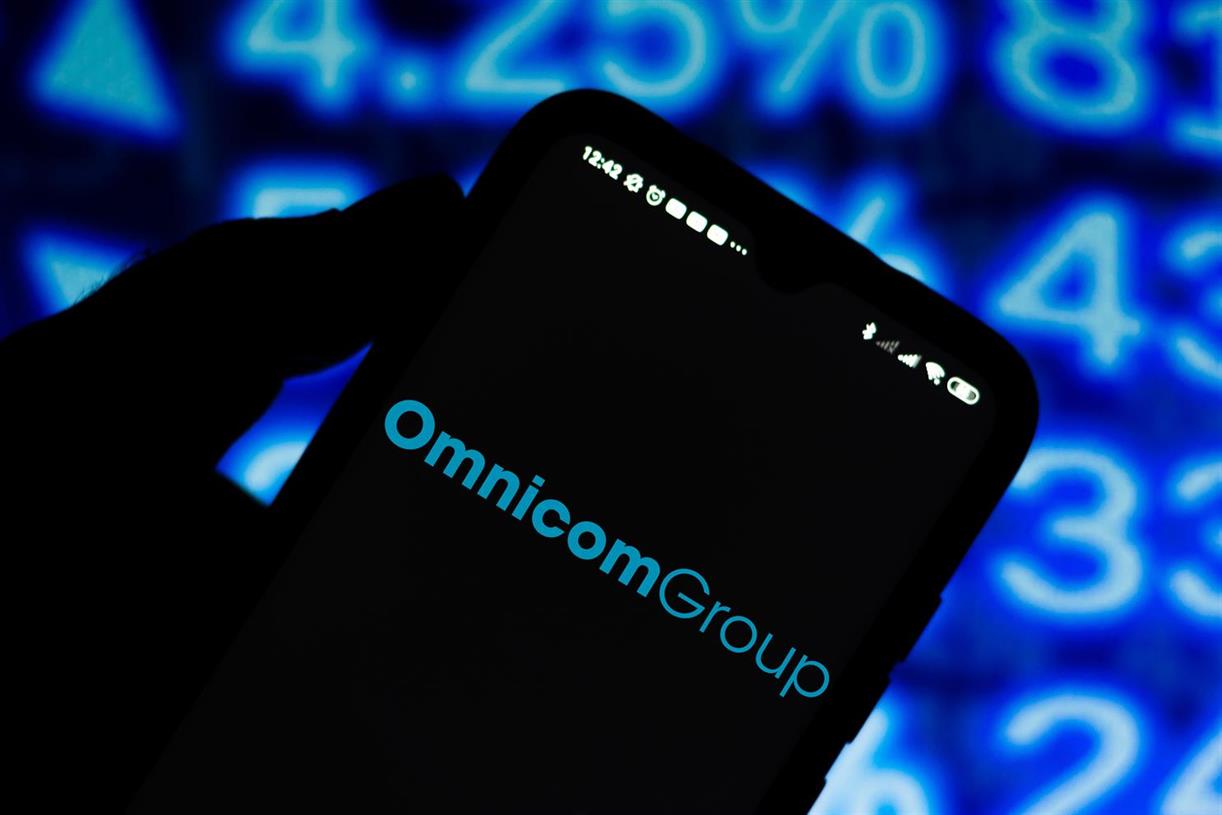Marketing Funnel Strategies for Digital Agencies: Convert More Clients
If you studied marketing in school or just happen to be working in a related department, you’ve probably heard of the marketing funnel by now. It’s one of those fundamental concepts that’s as essential as a morning coffee for...

If you studied marketing in school or just happen to be working in a related department, you’ve probably heard of the marketing funnel by now. It’s one of those fundamental concepts that’s as essential as a morning coffee for marketers.
From awareness to conversion, each funnel stage uniquely guides potential clients on their journey to becoming loyal customers for a marketing agency.
But the real trick? Join us as we discover elements of the sales funnel for a digital marketing agency.
Key Takeaways
In a successful marketing funnel, there are three pivotal stages: TOFU, MOFU, and BOFU. These stages hold the key to unlocking a world of opportunities and driving impactful results. Understanding and fine-tuning marketing funnel elements enables digital agencies to guide prospects effectively from awareness to the final decision. By focusing on TOFU strategies such as creating valuable content, optimizing SEO for visibility, and maintaining a strong social media presence, you can attract new leads and guide them into your marketing funnel. Content marketing, SEO, and a strong social media presence in your MOFU tactics guide leads through the marketing funnel stages and keep your agency top-of-mind as they make decisions. Personalized interactions, proof of success, and clear, action-driven offers convert leads into loyal clients using BOFU techniques. Automating your marketing funnels streamlines lead management, saves time, and ensures a consistent experience for potential clients.What’s Inside
Understanding the Digital Agency Marketing Funnel Top of Funnel (TOFU) Strategies Middle of Funnel (MOFU) Tactics for Marketing Agencies Bottom of Funnel (BOFU) Conversion Techniques Retargeting and Remarketing Strategies How to Automate Marketing FunnelsUnderstanding the Digital Agency Marketing Funnel
Understanding the digital agency marketing funnel begins with clearing up a common confusion—how it differs from the sales and conversion funnels. While all three funnels share the goal of guiding leads toward a desired action, they serve different purposes.
The marketing funnel focuses on creating awareness and interest through content and engagement, nurturing potential clients from the first point of contact.
On the other hand, the sales funnel takes over the consideration phase, dealing with direct interactions like consultations, product demos, or personalized offers to close the deal. Finally, the conversion funnel is more specific to the final actions, like making a purchase or signing a contract.
No doubt that each funnel is a critical part of the main strategy, but the marketing funnel is where digital agencies build trust and relationships that will carry leads through to the next stages.
Every successful marketing funnel can be broken down into three essential stages: TOFU, MOFU, and BOFU. As leads progress through these stages, nurturing relationships is crucial, with 74% of companies prioritizing lead-to-customer conversion.
Now, let’s focus on stages.
Top of Funnel (TOFU) Strategies
TOFU, or Top of the Funnel, represents the stage in the marketing funnel where potential clients first become aware of your agency. At this point, they may not fully understand their problem or be familiar with your solutions, so the goal is to grab their attention and offer value without pushing for a sale.
One of the primary TOFU strategies is content marketing. It is best to focus on generating content like blog posts, infographics, and explainer videos that address common industry challenges or answer broad questions.
For example, an infographic outlining the basics of digital marketing, or a blog post about a strong online presence can attract leads looking for general insights. Like we do on our social media channels:
Running targeted social ads that promote your blogs or infographics is another great way to attract top-of-funnel leads. At that point, you may want to check the digital marketing blog topics for inspiration.
Another critical element of TOFU is SEO and keyword strategy. Optimizing this awareness content with the right keywords ensures your agency appears in search results when potential clients are just starting their research. For instance, optimizing for terms like “digital agency services” can help drive organic traffic to your site.
Speaking of content quality or optimization, here is a quick reminder:
A lot of marketing funnels out there aren’t suffering from bad writing; they’re suffering from the wrong type of content. As you’ve probably heard before, ‘For every job, there is a tool.’ The same goes for the content in your funnel. Give your funnel the best possible chance of succeeding by outfitting it with the most powerful content for every stage.
– Julia McCoy
Middle of Funnel (MOFU) Tactics for Marketing Agencies
At the MOFU stage of the marketing funnel, leads are no longer strangers to your agency—they’re considering their options and are more receptive to in-depth content. That means MOFU is where strategic content marketing becomes essential. Providing valuable resources such as blogs, whitepapers, and infographics can help answer key questions your leads might have. Such as:
For instance, a well-crafted white paper could explore a specific B2B marketing funnel strategy, providing practical solutions to common challenges. Similarly, a case study on a successful marketing campaign can showcase your marketing agency’s expertise while informing visitors & potential clients.
Check out our member agency, Emote Digital post as an example:
When it comes to SEO optimization for agency visibility, targeting keywords that align with the needs of your MOFU audience will help your content rank higher and make your agency more discoverable. And yes, as leads research potential partners, having a solid SEO foundation ensures your content is the one they find first.
What about your social media presence?
Consistently sharing thought leadership content, client testimonials, expert videos/posts, and relevant case studies on social media platforms helps establish your agency as an industry expert. They are undoubtedly key factors in moving leads from the consideration phase to the decision phase.
And remember:
Too many marketers cobble together marketing tactics because of shiny object syndrome, chasing competitors, or simply acting on intuition. If data about your buyers reveals their preference to use search for top-of-funnel discovery and then forums to flush out solution ideas, then it makes sense to use SEO and social media to be where your customers are. If they like white papers, create them. If they prefer events, then host them.
– Lee Odden
Bottom of Funnel (BOFU) Conversion Techniques
And, at the Bottom of the Funnel (BOFU), your leads are on the verge of making a decision, and it’s your job to guide them toward choosing your agency. At this critical stage, you need to focus on removing any doubts.
The first key technique is proposal optimization. A well-crafted, personalized proposal can make all the difference. Here is a quick strategy plan:
Make sure your proposals are clear, concise, and tailored to the specific needs of the lead. Highlight the value your agency brings – include key services, timelines, and pricing transparency. Address any concerns or questions they may have raised. Ensure your proposal stands out and addresses everything leads need to make an informed decision.Offering free trials is another highly effective BOFU strategy. This gives potential clients a taste of your capabilities your agency as a trusted partner before any commitments are made.
Also, using social proof elements is essential at this stage. Real-world examples of how you’ve helped similar businesses achieve their goals help to build confidence and trust, making it easier for leads to choose your agency over the competition.
Last but not least; combining these techniques with strong calls to action ensures your leads are guided smoothly to the finish line.
Retargeting and Remarketing Strategies
Sad but true: Not all potential clients convert on their first interaction with your agency. It’s your sign to consider retargeting and remarketing strategies.
These tactics help you re-engage leads who have shown interest but haven’t yet taken the next step, keeping your agency top-of-mind as they reconsider their options.
The most known & used component of this approach is using pixel tracking for website visitors. By locating tracking pixels on your site, you can follow up with visitors who didn’t convert. As you already know, these pixels allow you to display targeted retargeting ads across platforms like Google, Facebook, and LinkedIn. For example, if someone visits your pricing page, you can deliver ads specifically highlighting a special offer.
Another effective strategy is creating custom audiences for each platform within the retargeting ads effort. With the data from your pixel tracking, you can segment your audiences based on behaviors like page visits or time spent on your site. In that way, you can serve relevant ads to leads who are most likely to convert.
At that point, we need to remind you that the success of these strategies relies on creating “good” retargeting content. Your ads and emails need to offer more than just a reminder—they should provide value or address a specific need.
How to Automate Marketing Funnels
After realizing that a well-constructed marketing funnel can work 24/7 for your digital marketing agency, you may want to know how to automate it.
By using tools like HubSpot, Screendragon, or Iconosquare, you can automate key processes such as lead capture, segmentation, and email marketing. For example, when a lead downloads a whitepaper, the system can trigger a series of follow-up emails designed to move them further through the funnel.
Another powerful feature of automation is lead scoring. Digital marketing tools designed for scoring allow you to assign scores to leads based on their actions, such as visiting a specific page or engaging with content. When a lead reaches a certain score, the system can automatically notify your sales team or move them into a more targeted marketing campaign.
As for automating retargeting ads is easier; by using platforms like Google Ads or Facebook Ads you can ensure that visitors who didn’t convert continue to see your agency’s offerings without the need for manual setup.
Finally, integrating your automation tools with a CRM system, such as Salesforce or Zoho CRM, is another way to make the most of your marketing funnel. This ensures that data flows seamlessly between marketing and sales teams, so everyone has real-time insights into lead activity. As leads move through the funnel, automated systems can pass them to the right team at the right time, making the entire process more effective.

 KickT
KickT 























.jpeg?trim=0,89,0,88&width=1200&height=800&crop=1200:800)








